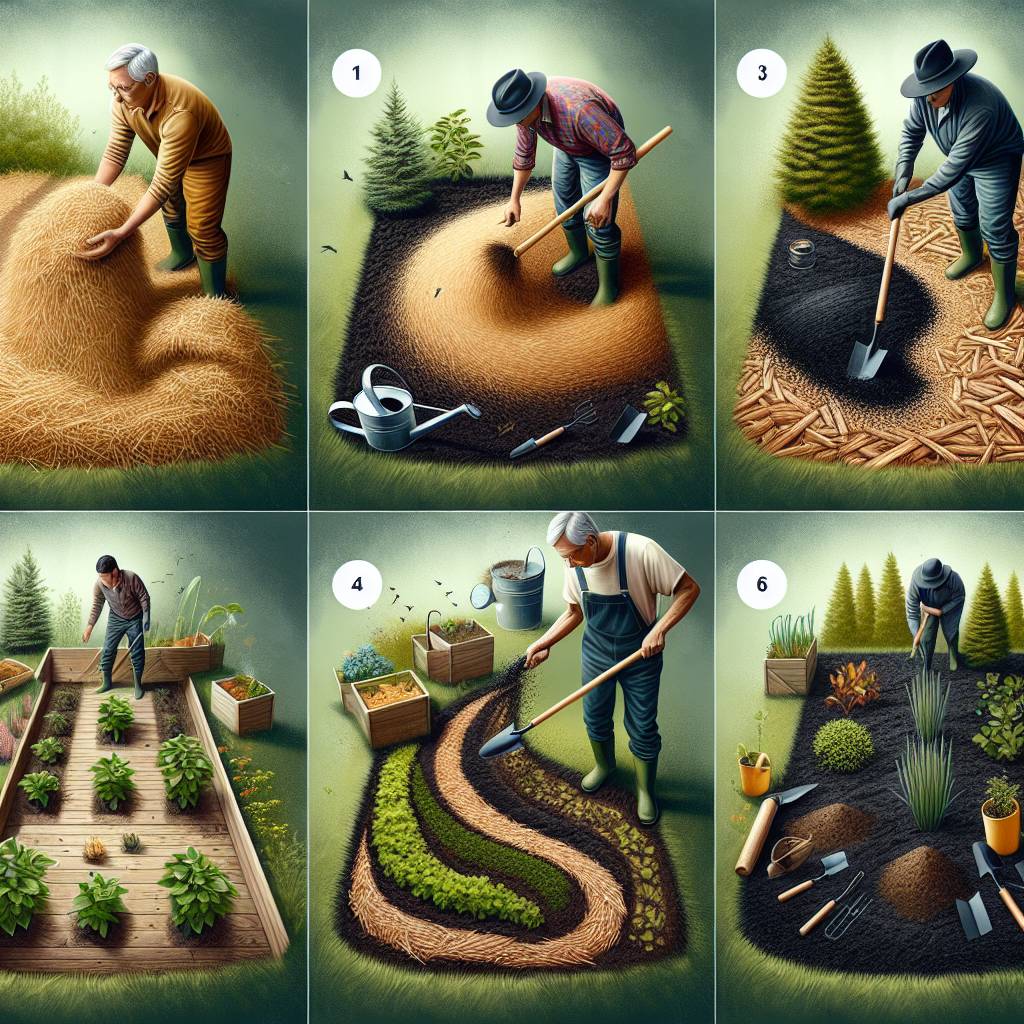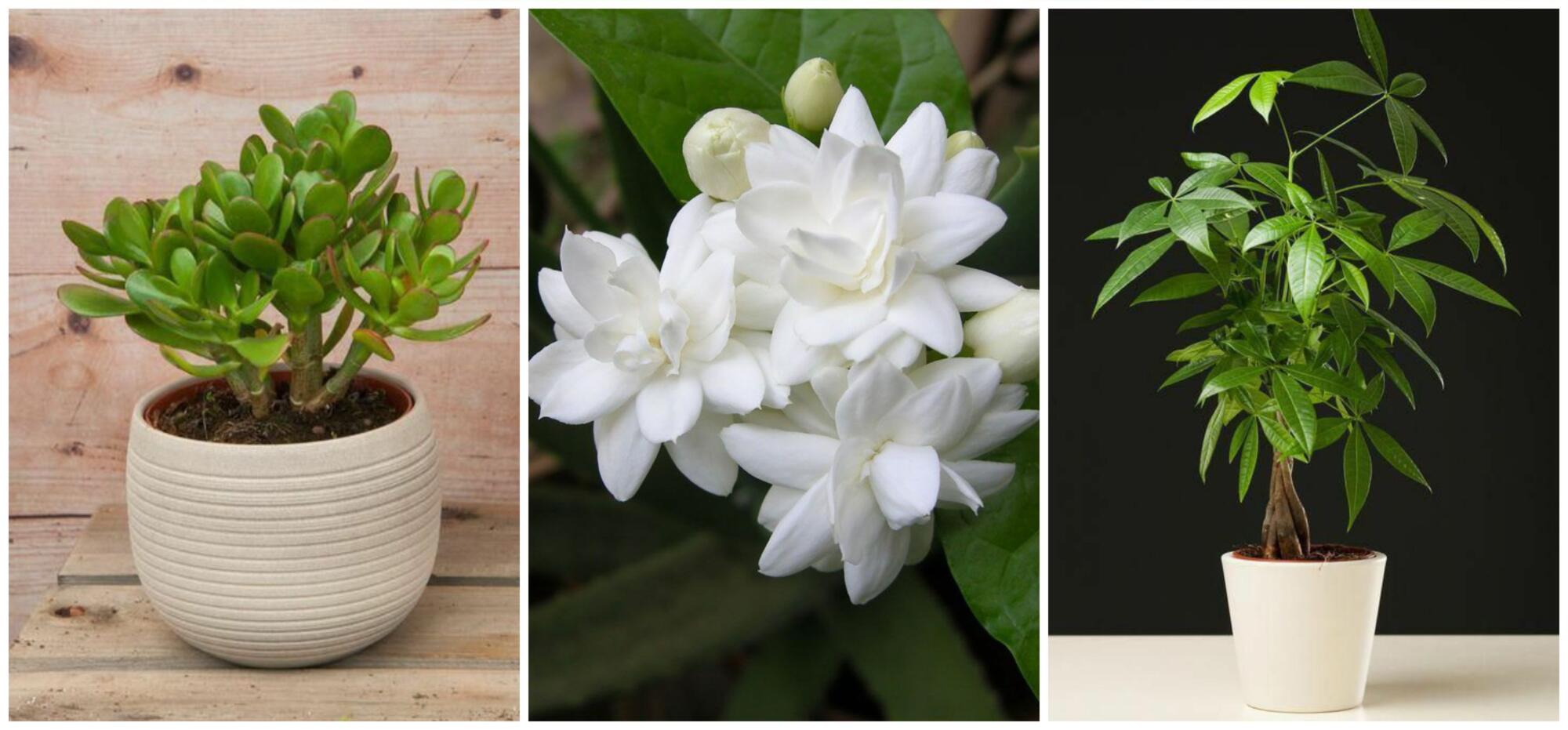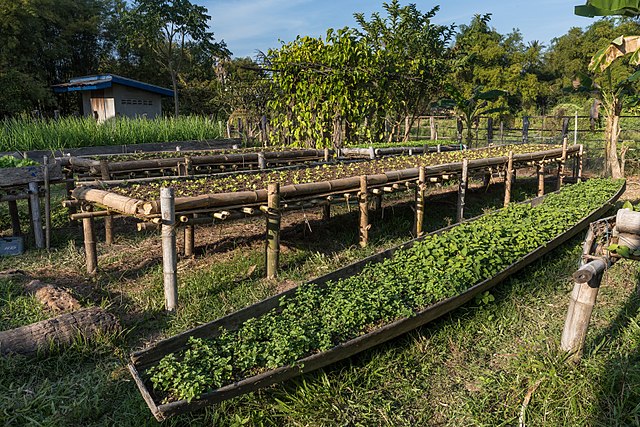Struggling to maintain moisture levels in your garden? Wondering how to keep your plants hydrated without constant watering? Mulching is the answer. Whether you’re a novice gardener or have a green thumb, these simple yet effective methods will revolutionize your approach to gardening and help you achieve lush, thriving plants with minimal water usage.
From organic mulches like straw and compost to synthetic options such as plastic and rubber, we’ll explore various materials that can significantly improve water retention in your garden. By implementing these proven techniques, you’ll not only conserve water but also save time and effort while promoting healthier plant growth. Ready to transform your garden into a moisture-retaining paradise?
Key Takeaways
- Choose the Right Mulch: Select mulch based on your garden’s needs and the type of soil to maximize water retention.
- Implement Mulch Trenching: Use mulch trenching as a technique to retain water and direct it to plant roots effectively.
- Timing is Key: Apply mulch at the right time to ensure optimal water retention and weed suppression.
- Consider Soil Amendments: Incorporate soil amendments to improve water retention and create a healthy growing environment for plants.
- Select Water-Efficient Plants: Choose plant varieties that are well-suited for water efficiency and require less watering.
- Practice Composting: Utilize composting to manage moisture levels in the soil and enhance its water retention capacity.
The Importance of Mulching
Moisture Retention Benefits
Mulching techniques for water retention in gardens offer several advantages. First, mulching reduces evaporation, helping the soil retain moisture for plant roots. By forming a protective layer over the soil, mulch prevents water runoff, allowing more water to penetrate the ground and benefit plants.
Different soil types require specific mulches. For instance, clay soils benefit from organic mulches like bark chips or compost because they improve soil structure while retaining moisture. On the other hand, sandy soils are better suited for inorganic mulches such as gravel or pebbles that allow better drainage while still conserving moisture.
Water Wise Advantages
Using mulch is highly beneficial. It conserves water by reducing evaporation and slowing down moisture loss from the soil surface. As a result, gardeners can reduce the frequency of watering their plants while ensuring that they receive adequate hydration.
Choosing the Right Mulch
Organic Mulches
Organic mulches are an excellent choice for gardeners looking to improve water retention. These materials, such as bark, wood chips, and compost, not only help retain moisture but also enhance soil structure. As they decompose over time, they enrich the soil with vital nutrients, fostering a healthy environment for plant growth.
Using organic mulches like wood chips can significantly reduce water evaporation from the soil surface. This means less frequent watering is needed while ensuring that plants receive adequate hydration. Organic mulches create a protective barrier against erosion caused by heavy rainfall or strong winds.
Inorganic Alternatives
In certain situations where weed control and high wind resistance are top priorities, inorganic alternatives may be more suitable. For instance, gravel and stones serve as effective inorganic mulches that deter weed growth and provide stability in windy areas. These materials do not break down like organic options; thus maintaining their functionality for an extended period.
When considering inorganic mulches, it’s essential to assess the specific needs of the garden area. High wind conditions or persistent weed issues might call for the use of gravel or stone mulch to address these challenges effectively.
Mulches to Avoid
While there are various options availableSome should be approached with caution or avoided altogether. For instance, using black plastic as a form of mulch can lead to poor air circulation around plant roots and hinder beneficial microbial activity within the soil.
Similarly, dyed or treated mulches may contain chemicals that could potentially leach into the soil over time. It’s crucial to prioritize natural and safe options over chemically treated ones when aiming for optimal water retention in gardens.
Another material worth being cautious about is rubber mulch due to its potential toxins which could negatively impact both plants and surrounding ecosystems if not managed properly. While rubber has been used widely as a playground surface material because of its shock-absorbing properties – making it ideal under swings and slides – using it as garden coverings raises concerns regarding its environmental impact.
Mulching Techniques for Different Soils
Clay Soil Strategies
Clay soil requires special attention. To improve drainage, consider incorporating organic mulches such as straw or leaves into the soil. Adding gypsum can further enhance the drainage properties of clay soil. When applying mulch to combat compaction in clay soil, opt for a thick layer to effectively address this issue.
Implementing Mulch Trenching
Trenching Basics
Mulch trenching is a valuable technique for water retention in gardens. By creating trenches around plants, you can effectively trap water and prevent it from running off. This method also helps direct the flow of water towards the plant roots, ensuring that they receive an adequate water supply.
Trenches act as barriers that keep moisture within the root zone of plants, especially during heavy rainfall or irrigation. For instance, when it rains heavily, mulch trenches help to hold back excess water and allow it to slowly seep into the soil instead of washing away with runoff.
Enhancing Infiltration
Before applying mulch, it’s essential to break up compacted soil to improve its ability to absorb water. Compacted soil hinders infiltration and can lead to surface runoff rather than allowing moisture to penetrate deeply into the ground where plant roots can access it.
Incorporating organic matter such as compost or well-rotted manure into the soil before mulching enhances its capacity for retaining moisture. Organic matter acts like a sponge, holding onto water and releasing it gradually over time for plant uptake.
Installing French drains is another effective way of enhancing water infiltration in garden beds. These drains consist of perforated pipes buried in gravel-filled trenches which help channel excess water away from areas prone to standing water while simultaneously promoting better absorption by surrounding soils.
Timing and Application of Mulch
Seasonal Guidance
Seasonal adjustments play a crucial role. During the hot seasons, using lighter-colored mulches can help reflect sunlight and prevent excessive heat absorption by the soil. This not only aids in retaining moisture but also protects plant roots from extreme temperatures. Conversely, during colder months, thicker layers of mulch are beneficial as they provide insulation to the soil and reduce moisture evaporation.
Before the growing season begins, it’s essential to refresh the mulch layers. Over time, mulch decomposes and loses its effectiveness in retaining moisture. By replenishing the mulch before plants start actively growing again, you ensure that the soil retains adequate moisture throughout the growth period.
Application Techniques
To maximize water retention benefits in your garden through mulching, proper application techniques are vital. When spreading mulch around plants or across garden beds, ensure even distribution to prevent water from pooling on top of dense areas while leaving other parts exposed.
Leaving space around plant stems when applying mulch is also critical for preventing rot and disease development. Direct contact between organic materials like wood chips or bark with plant stems can create favorable conditions for pests and diseases to thrive. Therefore, maintaining a gap between plants’ base and the layer of mulch is essential for their health.
For added weed control alongside water retention benefits, consider layering newspaper under your chosen type of mulch before application. The newspaper acts as an additional barrier against weed growth while still allowing water penetration into the soil beneath it.
Water Conservation Strategies
Drip Irrigation Use
Drip irrigation is a fantastic water conservation technique that delivers water directly to the plant roots under the mulch layer. By doing so, it minimizes water loss through evaporation, ensuring that more water reaches the plants rather than being lost to the air. This method also saves water by delivering precise amounts directly where it’s needed, avoiding any wastage or excess runoff.
For example, imagine your garden with drip irrigation under a layer of mulch during a rainy season. The mulch retains moisture from the rain and prevents excessive evaporation, while the drip system ensures that this moisture is efficiently delivered to your plants’ roots.
Automatic Timers Using automatic timers for watering schedules can significantly contribute to water retention in gardens. These timers ensure consistent watering schedules, helping maintain optimal moisture levels for plants without overwatering them. By automating watering tasks, they save time and effort while promoting healthy growth by providing regular and controlled hydration.
For instance, think about how an automatic timer would help you maintain an ideal environment for your garden during dry spells or periods of less frequent rainfall. With its consistent scheduling and efficient use of stored rainwater due to proper mulching techniques, your garden will thrive even in challenging conditions.
Deep Watering Methods
Deep watering methods entail soaking the soil thoroughly at longer intervals rather than shallowly watering it frequently. This encourages deep root growth as plants seek out moisture deeper within the soil layers instead of relying on surface-level sources. As a result, these deep roots make plants more resilient against drought conditions and reduce their dependency on frequent watering.
Consider how employing deep watering methods alongside effective mulching can transform your garden into a sustainable oasis even during dry spells or limited rainfall periods.
Soil Amendments for Water Retention
Organic Matter Integration
Integrating organic matter into the soil is a crucial technique for enhancing water retention in gardens. By incorporating compost into the soil before applying mulch, you can significantly improve moisture retention and provide essential nutrients to plants. This process also promotes microbial activity, which further enhances the soil structure.
The integration of compost serves as a reservoir for water, ensuring that plant roots have access to moisture during dry spells. It helps create an environment conducive to beneficial organisms such as earthworms and microorganisms that contribute to overall soil health. As these organisms break down organic matter, they release substances that aid in retaining moisture within the soil.
Water-Absorbing Additives Another effective method for improving water retention involves mixing water-absorbing polymers into the soil before adding mulch. These additives are designed to hold onto moisture and gradually release it to plant roots over time. This technique is particularly advantageous in arid climates or areas with limited access to water.
By incorporating these polymers into the soil, you create a reservoir system that captures and stores excess water from rainfall or irrigation. Subsequently, this stored moisture becomes available for plants during periods of drought or when watering may be restricted due to environmental conditions.
Incorporating both organic matter and water-absorbing additives into your garden’s soil can significantly enhance its ability to retain water effectively. These techniques not only benefit plant growth but also contribute positively towards sustainable gardening practices by reducing overall water usage.
Plant Selection for Water Efficiency
Drought-Tolerant Varieties
When selecting plants for water efficiency, consider drought-tolerant varieties. These plants are naturally adapted to low-water conditions, reducing the need for frequent watering. They are perfect for regions prone to droughts, making them an excellent choice for conserving water in gardens. Examples of such plants include lavender, yarrow, and sedum.
Drought-tolerant varieties not only minimize the need for regular watering but also contribute to a more sustainable garden ecosystem. By requiring less water, they help conserve this precious resource and support environmental conservation efforts. These plants often have unique adaptations that allow them to thrive in arid conditions without intensive human intervention.
Low-Maintenance Choices
Another mulching technique that aids in water retention is opting for low-maintenance choices. Mulches like stone require minimal upkeep compared to organic options such as wood chips or straw. This makes them ideal for busy gardeners or large landscaping areas where labor-intensive maintenance may not be feasible.
Choosing low-maintenance mulch options allows gardeners to focus on other essential aspects of gardening while still reaping the benefits of effective water retention techniques. For instance, using stones as mulch not only reduces evaporation from the soil but also adds visual interest and texture to the garden landscape with minimal effort required.
Composting for Moisture Management
Top Dressing Benefits
Mulching techniques are essential for water retention in gardens. One effective method is top dressing, which offers multiple benefits. Firstly, it replenishes nutrients in the topsoil layer, ensuring that plants receive essential nourishment. It helps retain moisture by acting as a protective barrier against evaporation while also suppressing weed growth. Lastly, top dressing gives gardens a neat and finished appearance.
Top dressing not only supports moisture management but also contributes to the overall health and aesthetics of the garden. By incorporating this technique into your gardening routine, you can effectively address water retention while simultaneously enhancing the visual appeal of your outdoor space.
Compost Types and Uses
Vermicompost is one type of compost that plays a crucial role in water retention within gardens. This nutrient-rich organic material contains beneficial microbes that promote soil health and vitality. When incorporated into the topsoil layer, vermicompost acts as an excellent organic fertilizer, enriching the soil with essential nutrients necessary for plant growth.
In addition to providing vital nutrients to plants, vermicompost also contributes to improved soil structure and moisture retention capabilities. Its ability to enhance soil texture ensures better water absorption and storage within the ground—a fundamental aspect of successful mulching techniques for water retention.
Closing Thoughts
So, there you have it! By now, you’ve gained insights into the significance of mulching for water retention in gardens. From understanding the different mulching techniques to learning about water conservation strategies and soil amendments, you’re well-equipped to make a real difference in your garden’s moisture management. Remember, the key is to choose the right mulch, implement proper techniques, and complement it with suitable plant selection and composting. With these tools in your gardening arsenal, you’re set to create a thriving, water-efficient garden that not only conserves water but also nurtures healthy, vibrant plants.
Now it’s time to roll up your sleeves and put these mulching techniques into action. Get out there and start transforming your garden into a water-wise oasis! Your plants will thank you, and you’ll take pride in knowing that you’re contributing to a more sustainable environment.
Frequently Asked Questions
How does mulching help with water retention in gardens?
Mulching acts like a protective blanket for the soil, reducing evaporation and helping to maintain moisture levels. It also improves soil structure, allowing it to retain more water and making it available to plants.
What are some effective mulching techniques for different types of soils?
For sandy soils, using organic mulches such as straw or compost can enhance water retention. Clay soils benefit from lighter materials like wood chips or pine needles that allow better air and water movement.
When is the best time to apply mulch for optimal water conservation?
Applying mulch before the summer heat sets in is ideal. This helps prevent rapid evaporation of moisture from the soil during hot weather, ensuring that plants have access to sufficient water.
How do soil amendments contribute to improved water retention?
Amendments like peat moss or compost aid in enhancing soil structure by increasing its ability to hold onto moisture. They act as sponges, absorbing and retaining water while still allowing excess moisture to drain away.
Can plant selection impact water efficiency in gardens?
Absolutely! Choosing drought-resistant species that are well-suited to your climate can significantly reduce the need for frequent watering. Native plants often have natural adaptations for thriving with minimal irrigation.






